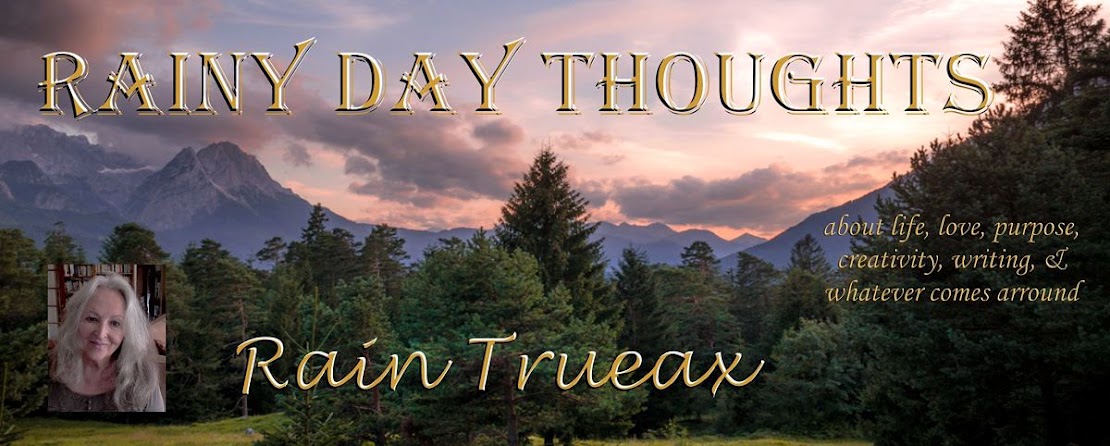 Wherever I go, I am always interested in rock art (petroglyphs, pictographs) and usually ask those who might know if they can give directions to such sites. Many in the Tucson area are in washes (normally dry river or creek beds).
Wherever I go, I am always interested in rock art (petroglyphs, pictographs) and usually ask those who might know if they can give directions to such sites. Many in the Tucson area are in washes (normally dry river or creek beds).The washes serve important ecological benefits to the desert as roads for the wildlife and a carrier of water when the heavy rains come-- and they do come. They are somewhat protected, and it might be why they were so often chosen for the rock art. Although, in Tucson, one of the easiest to reach and well preserved sites, Signal Hill, is on the top of a small hill.
Washes are important as a source of water even in dry seasons as you can often dig down in their sand to find water even if the surface is bone dry. Dry washes go from nothing to brim full sometimes very fast (not a good place to live). Flash floods actually drown quite a few people as the water comes from great distances with little advance warning as the deluge doesn't have to be where you even know it's happening. Here, a lot of roadways don't have culverts and instead dip with signs warning don't enter when water is present. More than a few motorists have ignored that to the damage (at the least) of their vehicles.

This particular wash is out in the Tucson Mountains.
 At one time this was a mining area with quite a few small shafts. Today it's about a mile hike to a petroglyph site. Although I had expected just a sandy wash, we were warned by someone coming out of it that our walking sticks would come in handy. There were rock formations that we had to scramble up. Not rock climbing but they did make the stick a handy tool.
At one time this was a mining area with quite a few small shafts. Today it's about a mile hike to a petroglyph site. Although I had expected just a sandy wash, we were warned by someone coming out of it that our walking sticks would come in handy. There were rock formations that we had to scramble up. Not rock climbing but they did make the stick a handy tool.
These deteriorating petroglyphs were likely left by the Hohokam peoples who lived here and then left abruptly as did the Sinagua and Anasazi more to the north around the same time. The Hohokam left behind not only their rock art but also an extensive system of canals whose forms can still be found. The assumption is a major drought drove most of the peoples from their way of life, a few to remain, but most to seemingly disappear into an unwritten history unless you can translate their drawings into their story.



7 comments:
Really interesting photos, rain. I clicked on them to see them enlarged and they are quite beautiful. It would be so interesting to be able to interpret the stories they tell.
I love seeing those stately Saquaro's--always standing in the background in Arizona. Such dignity! The washes are very very interesting, Rain. All that Gistory going back and back and back, in time....Thanks for sharing these fascinating pictures.
Have you been to the cave paintings in Sierra Vista? I took anthropology courses in college many moons ago, (my favorite classes), and got to see a lot of digs, and other interesting drawings in Sierra Vista.
No, Urban Cowboy, I have not but would love to know more about them. It's very difficult to get information about petroglyphs in the Tucson area. There are a few well known but the rest you have to ask this person or that and dig for where they are. That sounds like a fascinating course. There are some trips organized by anthropologists in this area but the timing was off for doing that. (they were costly too). When I get back down here, I'd like to know where more were.
Stories of a people are important and in all probablility was a major factor that brought about what ever happeded to these people. It might be possible someday to piece together enough to bring about an understanding of them and ultimately ourselves.
Your photos remind me of trips and Indian lore from my days in AZ.
What a site.
Very exciting, but also dangerous if you do not take precautions.
As you write: Flood can come very sudden, from a rainstorm far away, so don't camp overnight at the dry riverbed.
And water finds it's way, even when you don't beleive it does exist.
I remember we during X-Mas 2005 visited the Atacama desert in Chile, the driest place on Earth, drove into Salar de Atacama. A dried salt lake. sand and salt everywhere. No signs of water.
But there were Acacias and Peppertrees. How come?
These trees have deep roots creeping down to the ground water, that origines from the high Andes.
The indigous people have learned how to benifit from that fact in a very sustainable matter.
The trees keeps them safe from sandstorms and even give foods for Llamas and Alpachas.
(Another story is that our 4WD had to be rescued by the Chillian officials - - )
Post a Comment